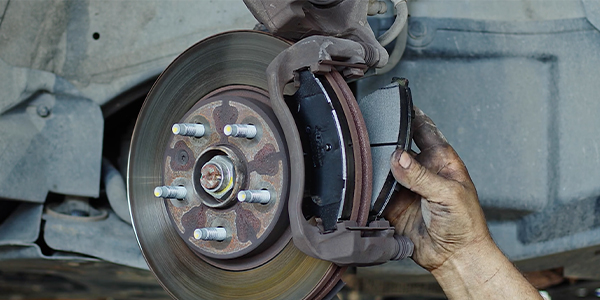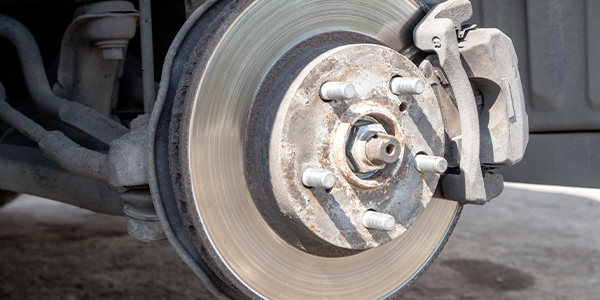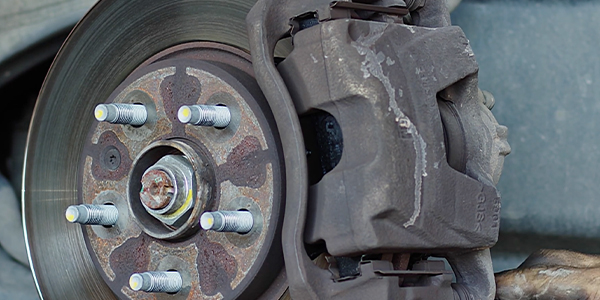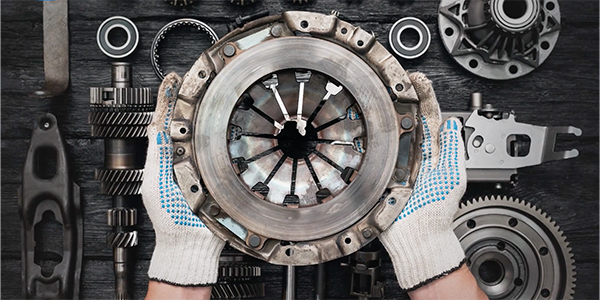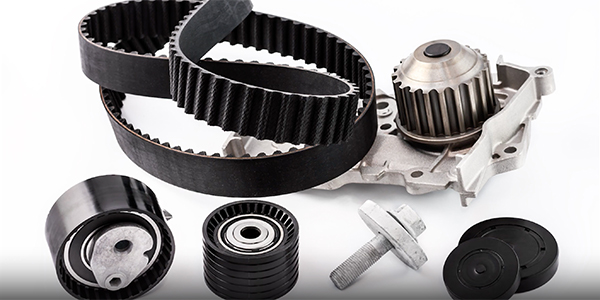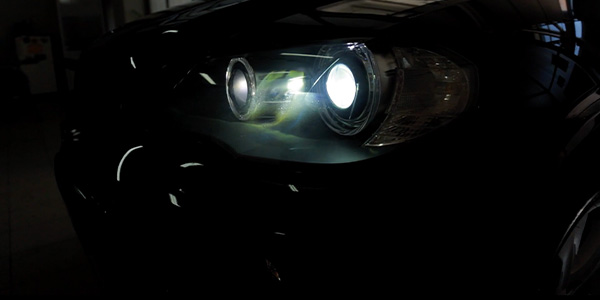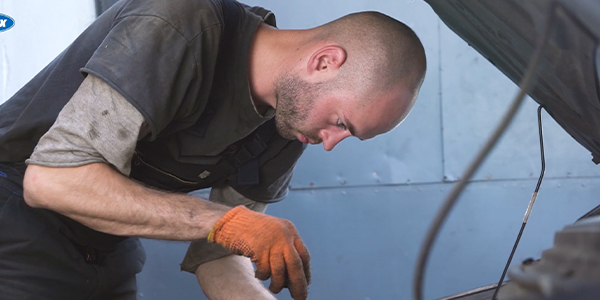CC:
Let’s go way back in time, to when automotive technology – and particularly, wheel bearing technology – was more primitive. Until the 1960s, it was common for vehicles to have single-row bearings arranged in pairs. As vehicle capabilities and customer demands have increased, these simple repackable components have into compact wheel-bearing units, starting with Gen 1 wheel bearings.
Gen 1 bearings were a step up from the previous iterations, and you’ll still find them on many front-wheel-drive applications, both domestic and import. They’re sealed and lubricated for life. Gen 1 bearings are a press-fit application, meaning they require a hydraulic press for removal and installation. Because a Gen 1 bearing uses an interference fit to hold the bearing in the bore, inserting or removing the bearing into the knuckle requires considerable force due to this tight tolerance.
The biggest differences between Gen 1 and Gen 2 wheel bearings is that Generation 2 bearings are factory-set with the proper pre-load tension, and they’re formed with the hub already attached.
Even more advanced, Generation 3 bearings are sealed hub assemblies that integrate two flanges – one serves as the wheel hub, and the other secures the bearing unit to the suspension. These units are generally easier to install because they’re bolted to the steering knuckle, which means they don’t need to be pressed in.
Today, we’ll focus on what you may encounter when dealing with a Gen 1 wheel bearing found on your customer’s car.
The primary signs of failure in a Gen 1 wheel bearing are noise and play. A bad Gen 1 bearing also can trigger an ABS code for wheel-speed sensors, because the encoder ring is embedded in the seal. When the bearing has been damaged and has play, that seal can be damaged and may be dislodged from its grooves in the inner and outer races. This can allow the grease to leak out and cause wear to the bearing. And because it contains the encoder ring, when the seal is damaged or dislodged, it changes the air gap between itself and the sensor and causes wheel-speed-sensor codes for erratic or loss of signal.
Removing and installing Gen 1 wheel bearings is no easy task, and it requires the correct tools and patience. When you’re tasked with replacing these units, be sure you have everything to do the job right the first time.
With a Wheel Set from Schaeffler, you can take a system approach to replacing Gen 1 bearings. The kit includes a premium replacement wheel bearing, flange and seals – all parts in the wheel-bearing kit are perfectly tuned to the application, making your job easier. Schaeffler wheel-bearing kits ensure that the wheel bearing sits securely in the steering knuckle and remains properly tensioned. And the parts run as true as possible, protecting them from unnecessary wear and premature failure.
Depending on the application, Schaeffler wheel-bearing kits will include the components you need to do the repair the right way the first time.
Because Schaeffler is the world’s second-largest manufacturer of roller bearings, and an OE supplier for many automotive applications, you can be confident that you’ll have parts and accessories that meet or exceed OEM specifications from a manufacturer with deep expertise in this arena.
In addition, Schaeffler offers industry-leading support with its RepXpert brand, which provides training resources, relevant technical service bulletins, practical tips and a comprehensive service hotline.These resources and functions can be accessed right on the shop floor through the free RepXpert mobile app.
Technology continues to advance but quality is as important as ever. For more information, visit Schaeffler.com.
Thanks for watching.




